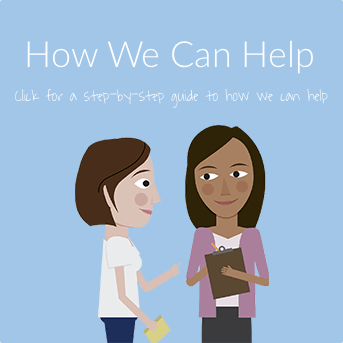Sometimes solutions can create new problems. I recently read that, after the Titanic sank in 1912 and cost the lives of over 1500 people, steps were taken to increase the safety of ships. The number of lifeboats required was increased dramatically. But sadly, as Edward Tenner suggests, the increase in lifeboats on the S.S.Eastland in 1915 made that ship more top-heavy contributing to it’s sinking a few weeks later in Chicago. Over 840 people perished as a result.

Source: Wikipedia Creative Commons
In my work treating anxiety and depression, I often see the costly, unintended consequences of attempts to make things better. People with panic problems are told to cut back on caffeine and activity—but that strategy ultimately contributes to greater fear. People with depression are directed to reflect on their despair and things they have no control over. This seems reasonable enough, but that solution often tends to sustain the depression. People suffering from social anxiety try to avoid controversy and eye contact in the hope of just getting through whatever situation presents itself. But by avoiding the situation, they never get the chance to learn that the danger may be simply exaggerated. Over time efforts to avoid one problem, discomfort, ultimately serve to keep sufferers unhappy, isolated and stuck, believing they cannot deal with the adversity in and around them.
Successful change happens when we apply solutions that deliver ultimate success over problems like anxiety and depression, versus those that perpetuate old problems and create new ones. In face-to-face CBT and in the Learn To Live program, we stress the importance of working to face fears and take action. We get to unmask the old “solutions” that have actually sustained suffering and work toward relinquishing them. For some, it is exhilarating to realize that some of their misery is not inevitable but rather the result of bad strategy. There are solutions available that allow us to work through our fears rather than around them. Maybe you have too many lifeboats on deck. It might be time to rethink the strategy.




